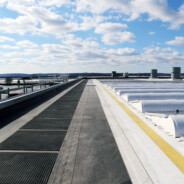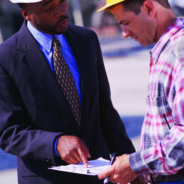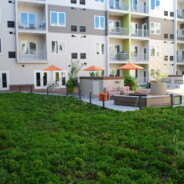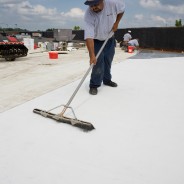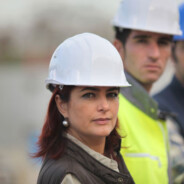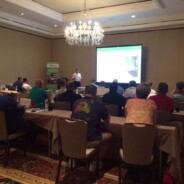Blog
Fall Protection
In April 2016, a 24-year old roofing worker died on the job due to the failure of his employer to have adequate fall protection and training, according to federal investigators. Unfortunately, he was not alone. Falls are the leading cause of death in the construction industry. According to the Bureau of Labor Statistics, the fatal work injury rate for roofers in 2014 was 46.2 per 100,000 full-time equivalent (FTE) workers. The Occupational Safety and Health Administration (OSHA) takes this issue seriously and will cite and fine roofing companies for failure to provide adequate fall protection. Just to name a few, on September 8, 2016, OSHA cited an Ohio company with proposed penalties of $94,064; on August 15, 2016, OSHA cited a...
read moreHeading Into Q4 2016
Heading into Q4 2016, we look to see how the construction industry has performed. Let’s look at the latest numbers from the Value of Construction Put in Place Survey (VIP) by the U.S. Census Bureau, which provides monthly estimates of the total dollar value of construction work done in the U.S. The current numbers are for July 2016. Total construction spending was down ever so slightly at $1.153175 trillion from 1.15352 trillion in June. Nonresidential construction was down slightly coming in at $701.438 billion from 703.493 billion in June. However, the numbers showed gains in office, commercial, health care, and manufacturing construction, which are important sectors to the roofing industry. As for the economy as a whole,...
read moreGreen Roof Systems
A green roof is also referred to as a living roof or a vegetative roof. In simplest terms, it is a roof covered with living plant life. Green roof systems bring nature to the usually stark environment of a building’s rooftop. There are many reasons why more and more building owners are turning to green roof systems. Green roofs enhance the aesthetics of a building. If so designed, the roof can be a park-like area for the building tenants to enjoy as a retreat or perhaps a play area for children. Tenant community food gardens are also possible. Green roofs are great for the environment. They increase air quality since plants can absorb air pollutants and provide a nature habitat for wildlife including birds and butterflies....
read moreLEED® v4 required beginning October of 2016
Roofing Systems Play a Role in Achieving LEED Rating Levels LEED was introduced in 1998, and since then it has become the coveted standard for green and sustainable buildings. Projects can receive one of four LEED-rating levels: Certified, Silver, Gold, and Platinum. LEED Version 4 (v4) raises the technical standards and broadens the scope of the previous version, LEED 2009. New real estate sectors are now under scope including data centers, warehouse and distribution centers, hospitality buildings (hotels), and multi-family mid-rise residential buildings. It also now includes existing schools and retail buildings. LEED rates a project based on multiple credit categories. These categories are Sustainable Sites (SS), Water...
read moreWomen in Roofing
The U.S. Bureau of Labor Statistics’ Women in the labor force: a databook, December 2015 indicates that in 2014, women accounted for only .5 percent of roofers. If you look at the statistics you might think that women are not really involved in the roofing industry, at all. However, while it is true that there may not be very many women using nail guns on rooftops, it is equally true that there are a great many women who are involved in all other facets of the industry. Some of the areas of involvement include: Entrepreneurship, Management, Administration, Sales/Marketing, Roofing Technology, and Estimating. Recognizing there was a need for a nationwide-organization representing and supporting women in the business, National Women...
read moreGrowing Your Commercial Roofing Business by Networking
There are many different things you can do to grow your commercial roofing business—networking is one of them. While occasionally a quick sale may result, networking is more about developing awareness and relationships that can lead to sales either down the road or through referrals. Networking can also provide you with valuable knowledge to help grow your business. As a commercial roofer, you should concentrate your networking on the following three groups: • Potential Customers • Related Businesses • Members of the Roofing Industry Potential Customers Your potential customers likely include building owners, property management companies, and facility managers. There are local and national associations and groups that focus on...
read more
